VERY RARE! WWII Feb 1945 Iwo Jima Pre-Invasion D-Day Japanese Defenses Aerial Intelligence Photograph

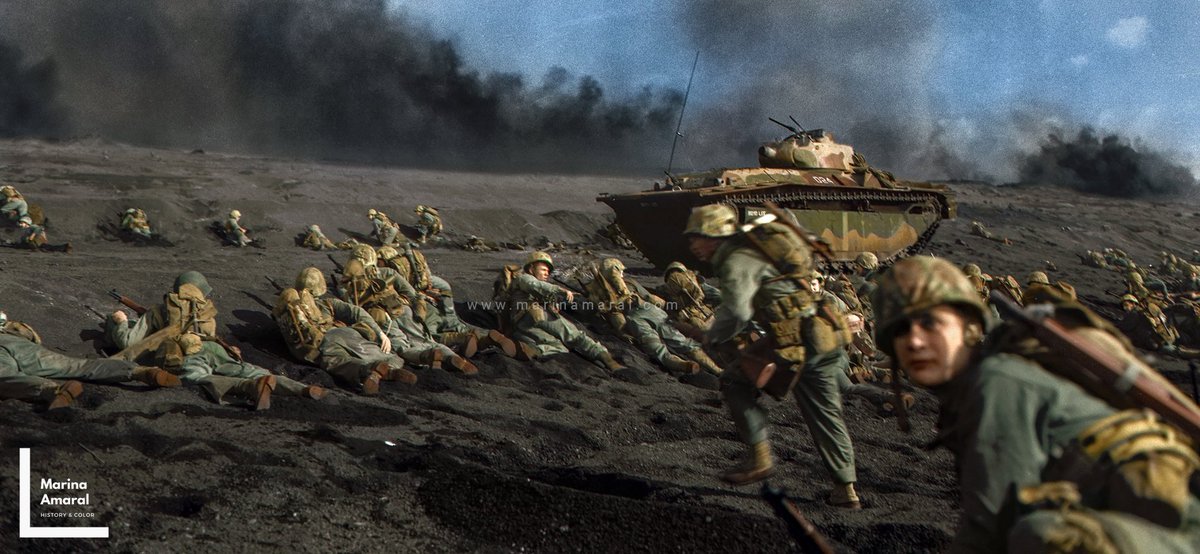



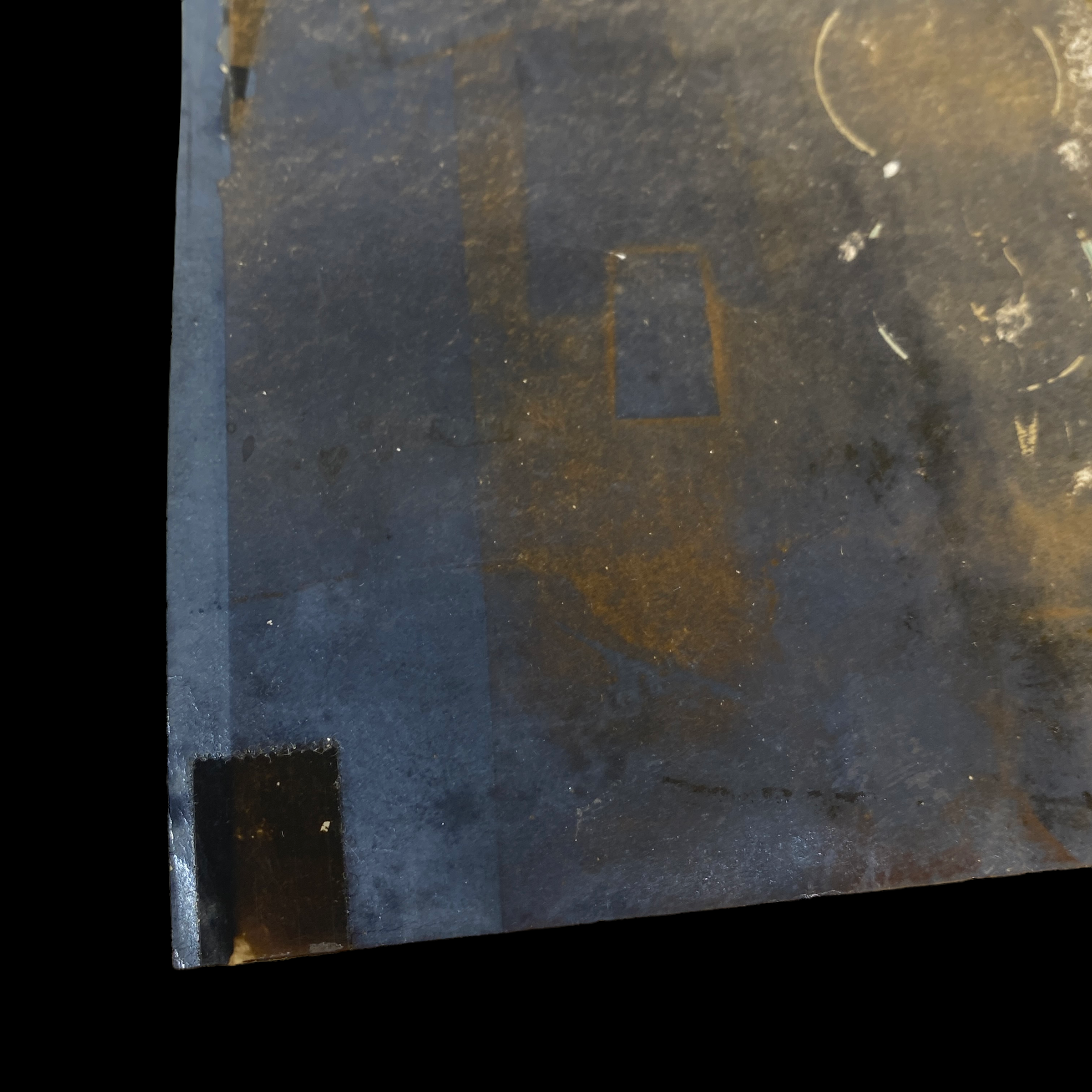
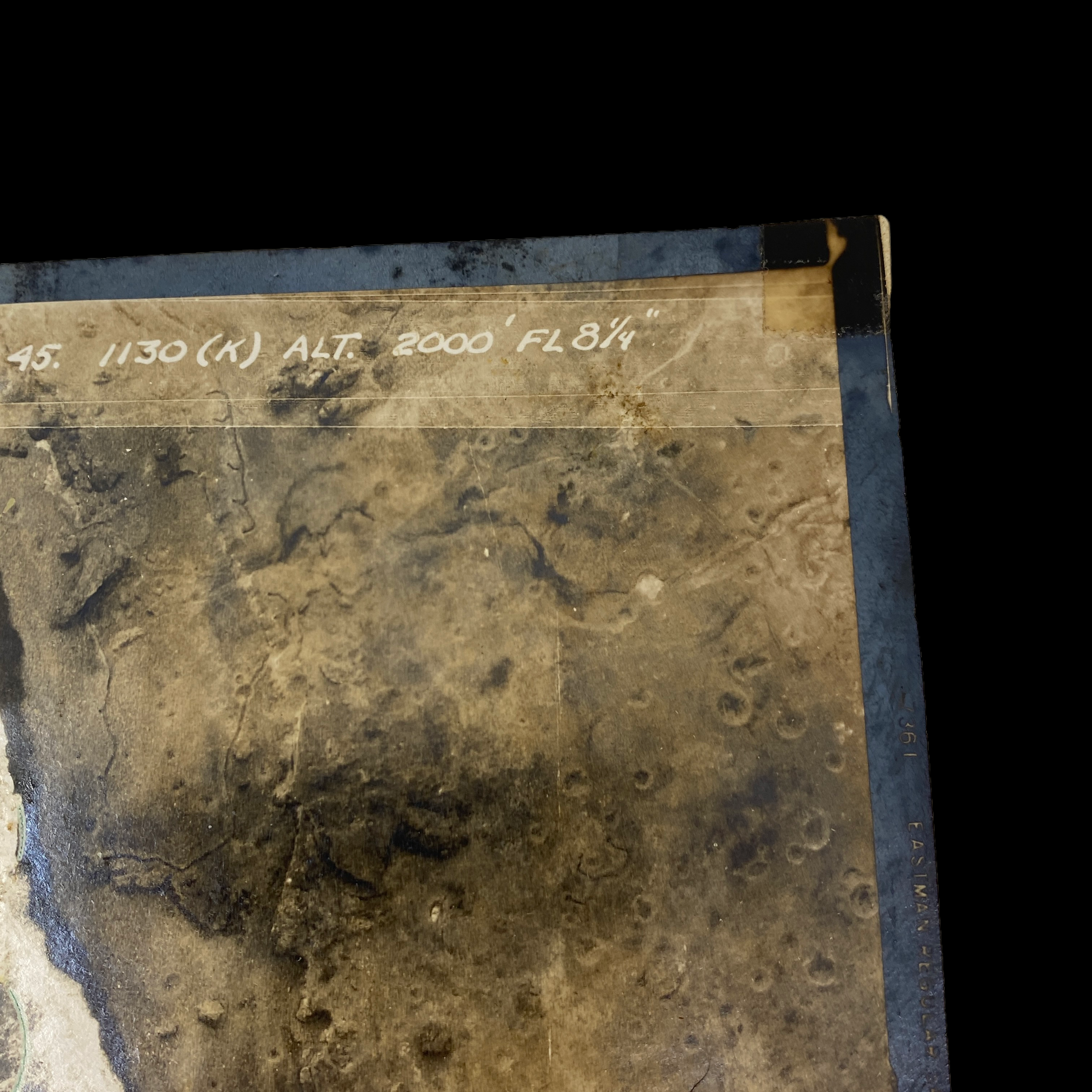


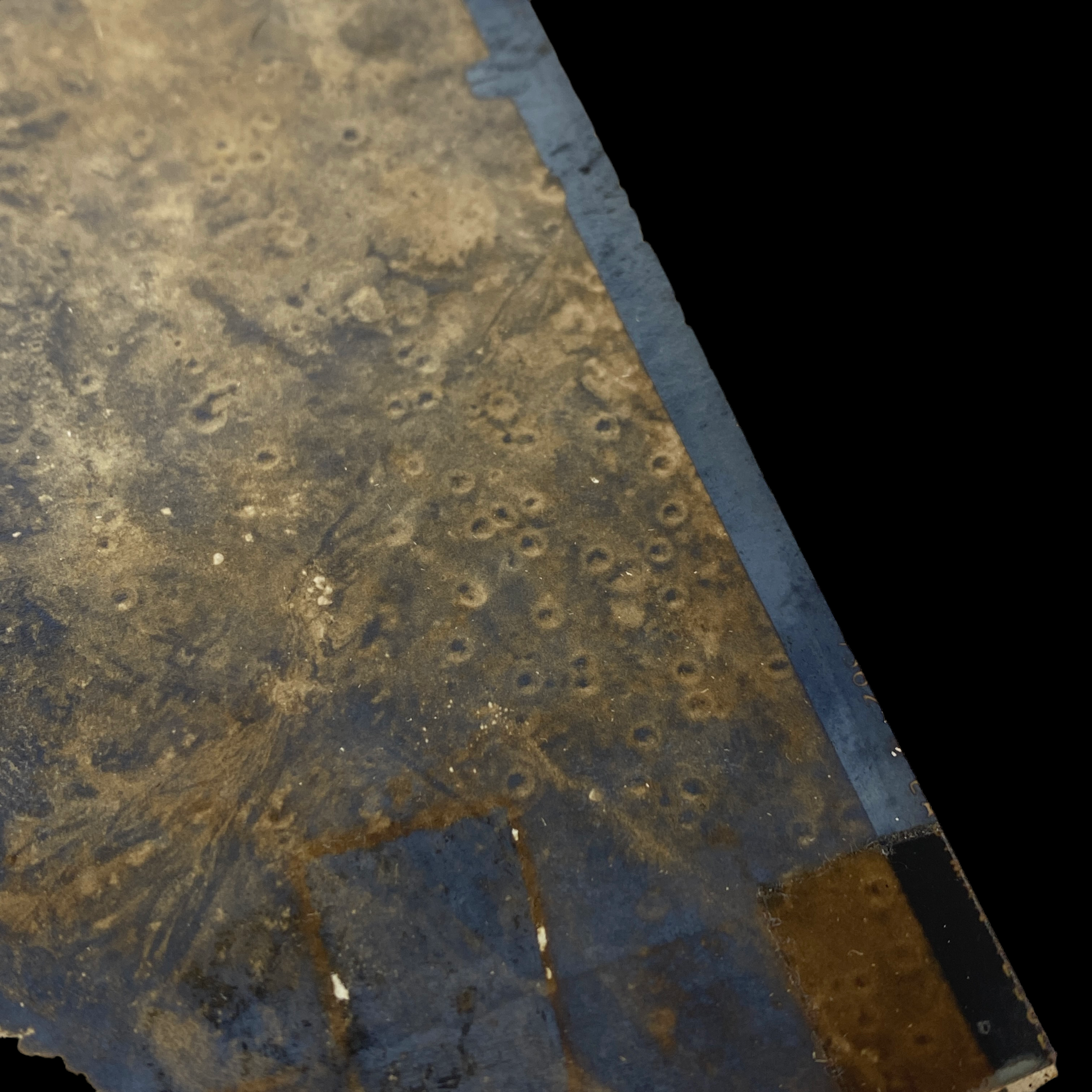
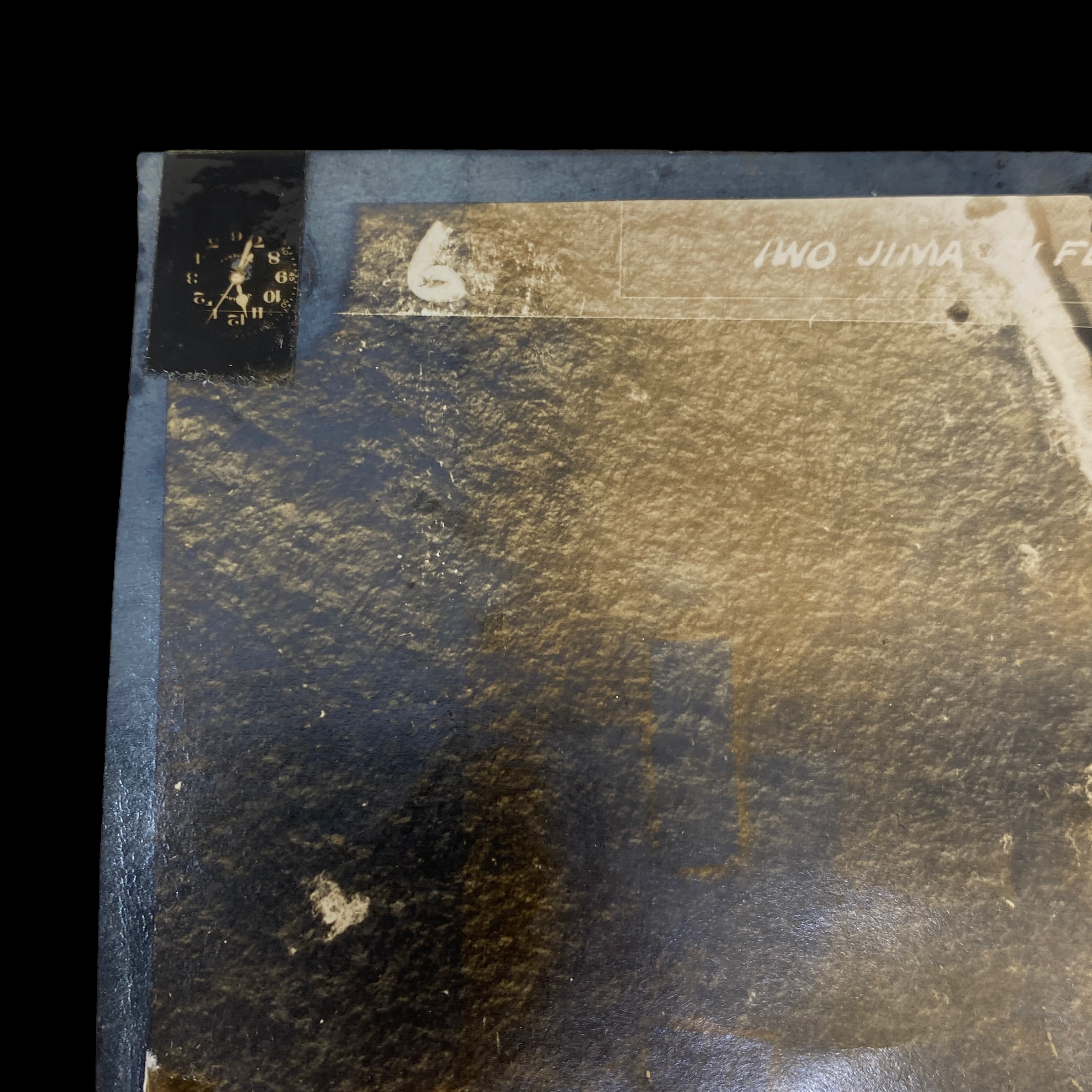
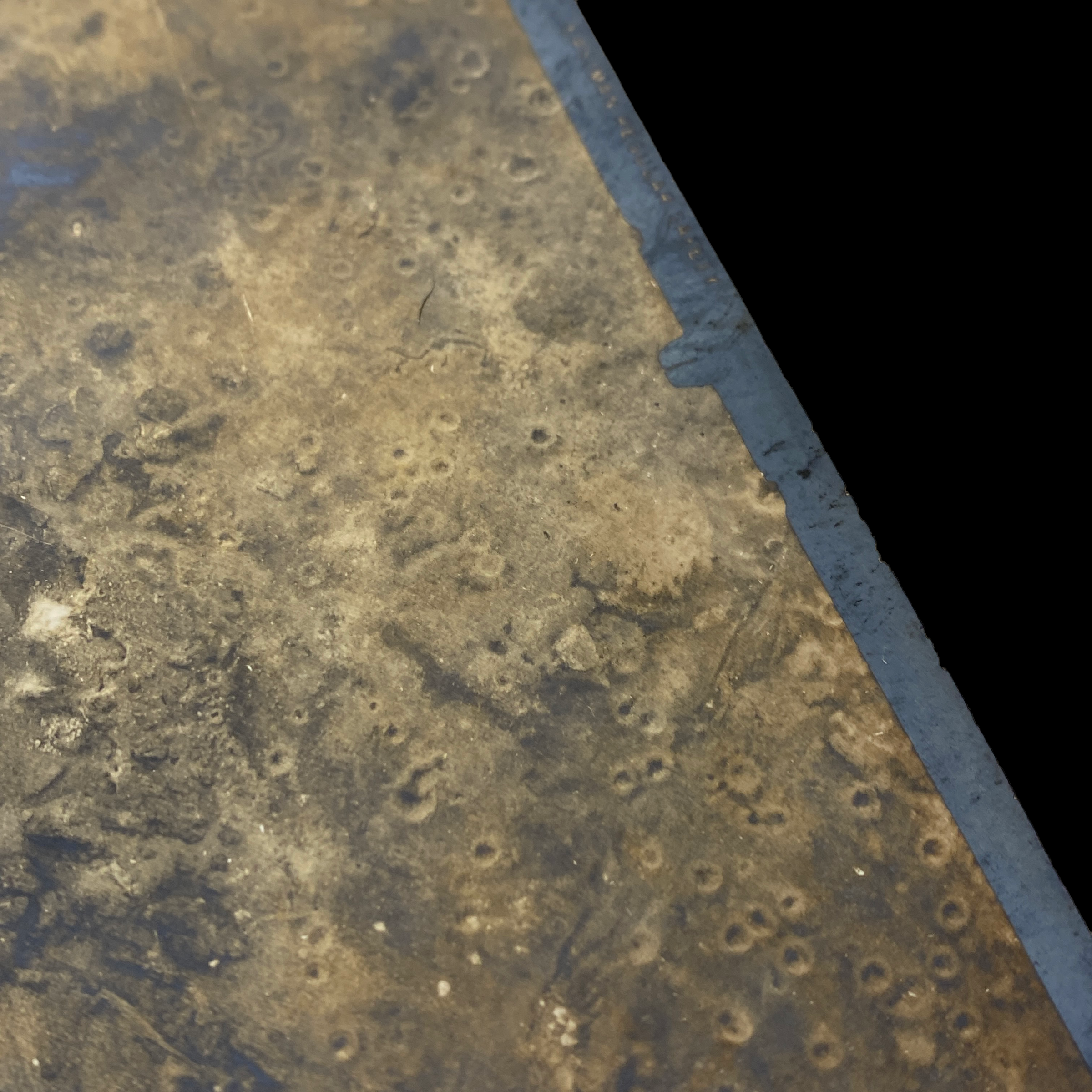

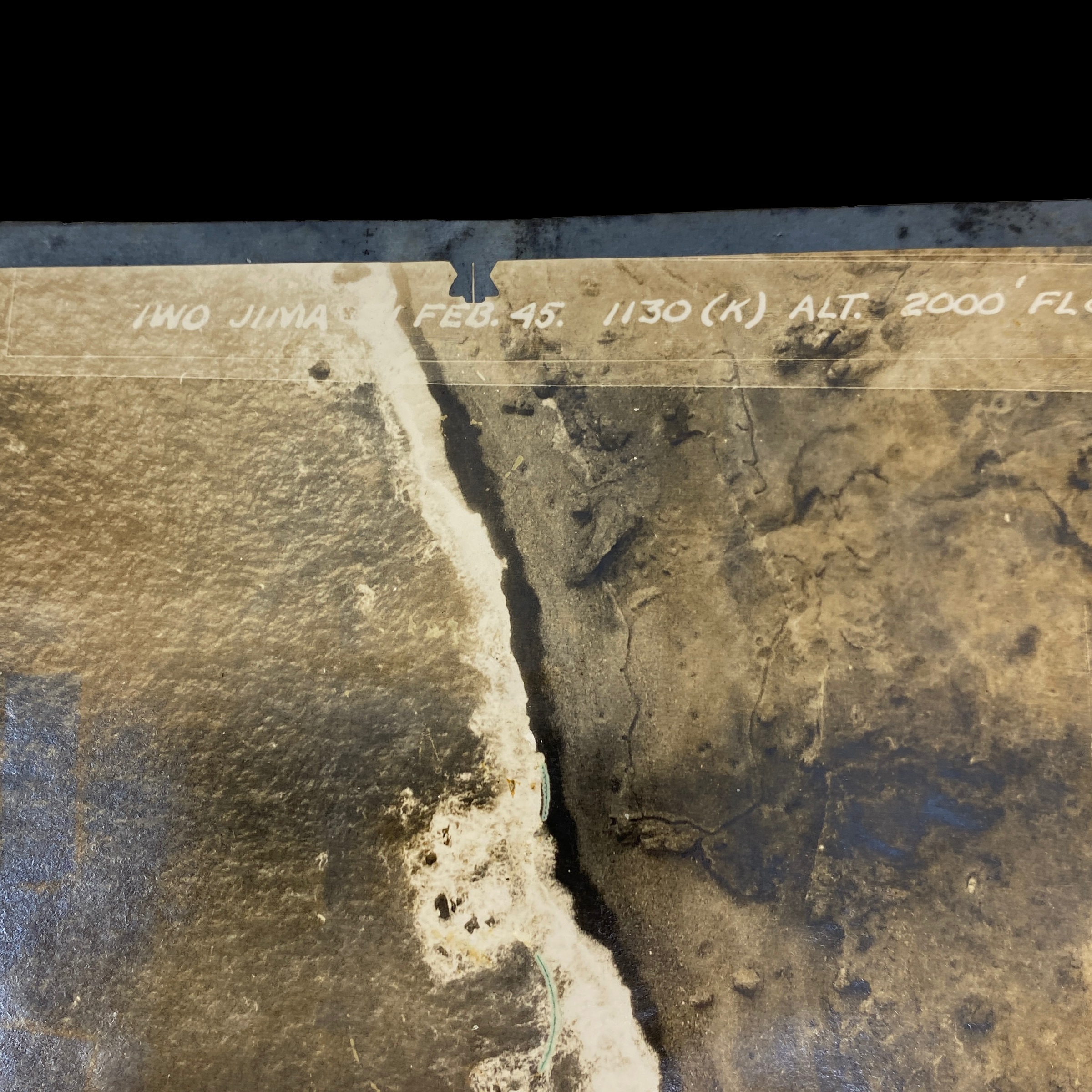
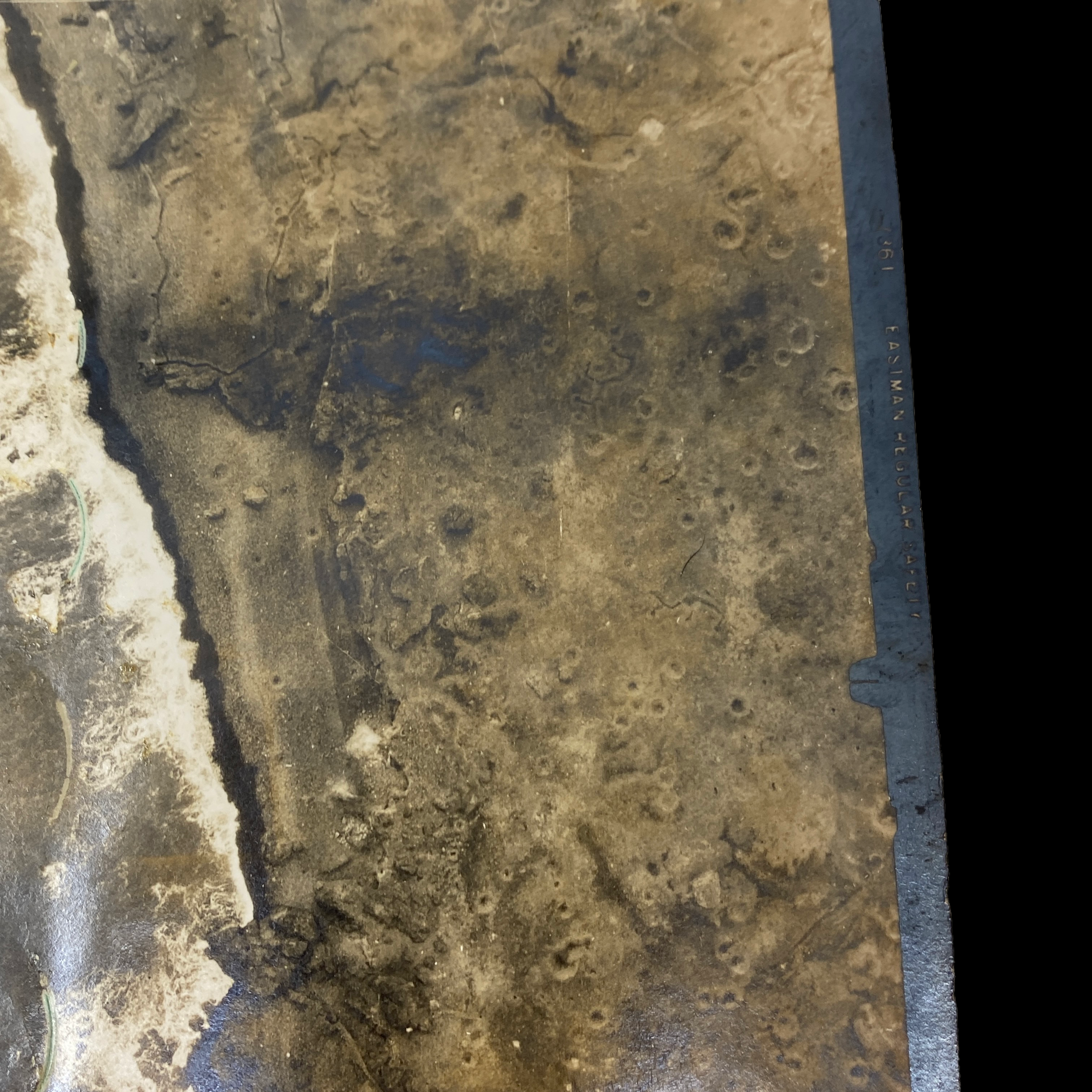

VERY RARE! WWII Feb 1945 Iwo Jima Pre-Invasion D-Day Japanese Defenses Aerial Intelligence Photograph
Comes with hand-signed C.O.A.
This incredibly rare and museum-grade WWII Iwo Jima pre-invasion aerial intelligence photograph was taken in February 1945 (the same month as amphibious D-Day assault of Iwo Jima in February 1945).
Pre-invasion photographs like this of the Iwo Jima invasion are extremely rare. This intelligence photograph shows the Iwo Jima beachhead and what appear to be Japanese pillboxes and hidden defensive fortifications. This was used to update the SECRET, CLASSIFIED, and RESTRICTED Iwo Jima invasion maps and pre-invasion battle plans. The area shown in this aerial intelligence photograph shows intensive air and naval bombardments.
Operation Detachment, the amphibious assault on Iwo Jima, had its genesis in the 29 September–1 October 1944. Bombing raids and occasional naval bombardment had been carried out against Japanese facilities on Iwo Jima since June 1944 and this bombing intensified in the weeks leading up to D-day. Although the air raids damaged some Japanese fortifications, Navy underwater demolition teams landed for a beach reconnaissance overestimated the bombing missions’ impact and did not note the full extent of the Japanese underground fortifications.
V Amphibious Corps requested a concentrated shore bombardment for 10 days prior to the landings. However, citing ammunition supply issues, Task Force 52, the amphibious support force providing fire support, only provided three. Adverse weather curtailed bombardment operations on 16 February, the first day. Ultimately, only 13 hours of effective bombardment were carried out over the three-day period. Fifth Fleet also began minesweeping operations around the island, specifically of the approaches to the designated landing beaches. Prior to the operation, Spruance had detached Task Force 58, his fast carriers (which also carried eight Marine Corps fighter squadrons), to strike strategic targets on Honshu in wide-ranging support of the Iwo Jima landings. The Marines, already unhappy with the shortened duration of naval gunfire support and believing continuous close air support of the ground forces should take priority, hardly welcomed this decision.
Almost precisely at H-hour, 0900 on 19 February, the first assault wave, with 5th Marine Division units on the left and 4th Marine Division units to the right, landed on the assigned beach sectors. The Japanese held their fore until 1000, after the Marines’ first wave was on the beaches and the covering naval gunfire had momentarily eased. The sudden, unexpected volume and accuracy of artillery and mortars clearly indicated that bombing and naval bombardment had not markedly affected the enemy. This had a devastating effect on the buildup on the beaches. All of the sectors suffered casualties, although Green and Red beaches, flanked by Japanese positions on Mount Suribachi, and the Blue beaches, fronted by enemy emplaced in the cliffs of a rock quarry, were perhaps hardest hit. Further handicapping the Marines was the instable beach, composed of steep terraces of constantly shifting black sand, volcanic cinders, and ash. This made digging in very difficult and bogged down wheeled and even tracked vehicles, causing pile-ups of men, amphibious tractors, tanks, and supplies at the waterline. These were subjected to constant Japanese artillery, mortar, and machine-gun fire. The steep beach gradient also caused a violent surf zone with which landing craft and tractors had to contend.
These difficulties notwithstanding, the landings were successfully executed and, under cover of a rolling naval gunfire barrage and close air support mainly provided by Fifth Fleet’s escort carriers, the Marines began moving off the beaches. The 5th Marine Division pushed to the northwestern shore in order to isolate Mount Suribachi, and accomplished this task within ninety minutes of the initial landings. The 4th Marine Division’s progress was much slower, however, as it proceeded toward the airfields. One of these lay directly in front of the Marines, but the second, more centrally located field, required a wheeling movement toward the northeast, which brought most of this division into a bowl-like area completely exposed to heavy Japanese fire.
By the end of D-day, nearly 30,000 personnel had been landed on Iwo Jima despite rapidly deteriorating weather conditions, the difficult terrain, and stubborn, well-coordinated Japanese resistance. Although the Marines had managed to cross the island at its narrow width and had cut off Mount Suribachi, the day’s planned phase line had not been reached while casualties mounted at an alarming rate. The beachhead remained concentrated in a triangular area roughly 4,000 yards long, and from 700 to 1,100 yards wide from north to south.
D+1 saw the landing of 3rd Marine Division, the corps reserve, and later taking up battle space between the two previously committed Marine divisions. Meanwhile, the 5th Division’s 28th Marine Regiment began its assault of Mount Suribachi, which was garrisoned by 2,000 Japanese troops and extensively honeycombed with defensive positions and tunnels, one of them seven levels deep. Bolstered by reinforcements from 3rd Marine Division, other 5th Marine Division units and the 4th Marine Division slowly continued to force their way northwest and northeast. Navy destroyers, many assigned to specific Marine units, provided direct support. Although frequently the targets of Japanese emplacments, Marine tanks, amphtracs and artillery did the same, providing mobile firepower to the engaged infantry units. Fifth Fleet aircraft continued to fly close-support missions, often dropping napalm on the deeply dug-in enemy.
Battle of Iwo Jima:
The Battle of Iwo Jima was an epic military campaign between U.S. Marines and the Imperial Army of Japan in early 1945. Located 750 miles off the coast of Japan, the island of Iwo Jima had three airfields that could serve as a staging facility for a potential invasion of mainland Japan. American forces invaded the island on February 19, 1945, and the ensuing Battle of Iwo Jima lasted for five weeks. In some of the bloodiest fighting of World War II, it’s believed that all but 200 or so of the 21,000 Japanese forces on the island were killed, as were almost 7,000 Marines. But once the fighting was over, the strategic value of Iwo Jima was called into question.